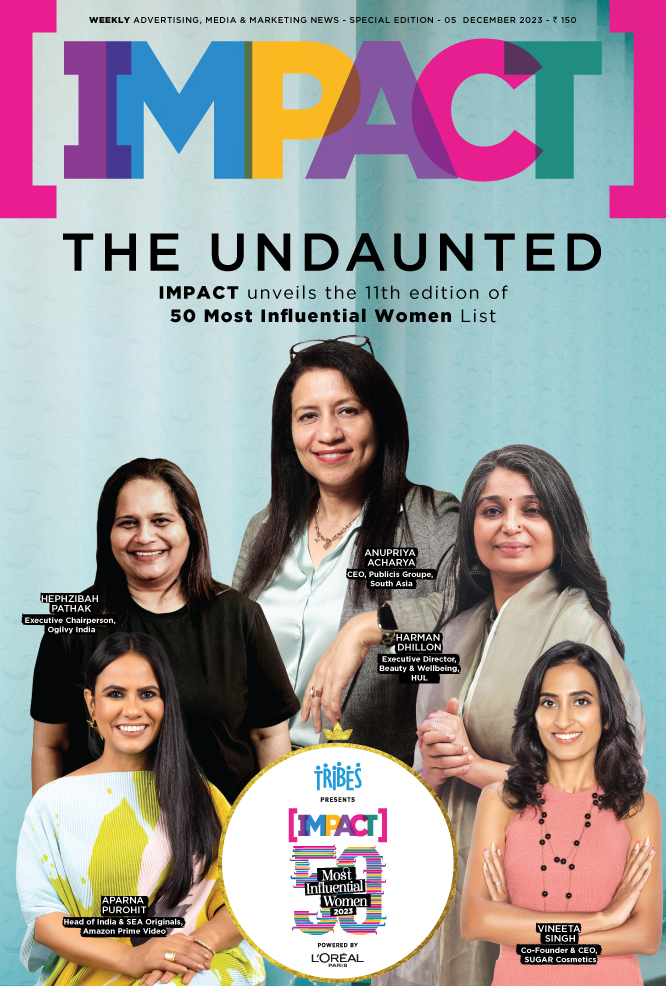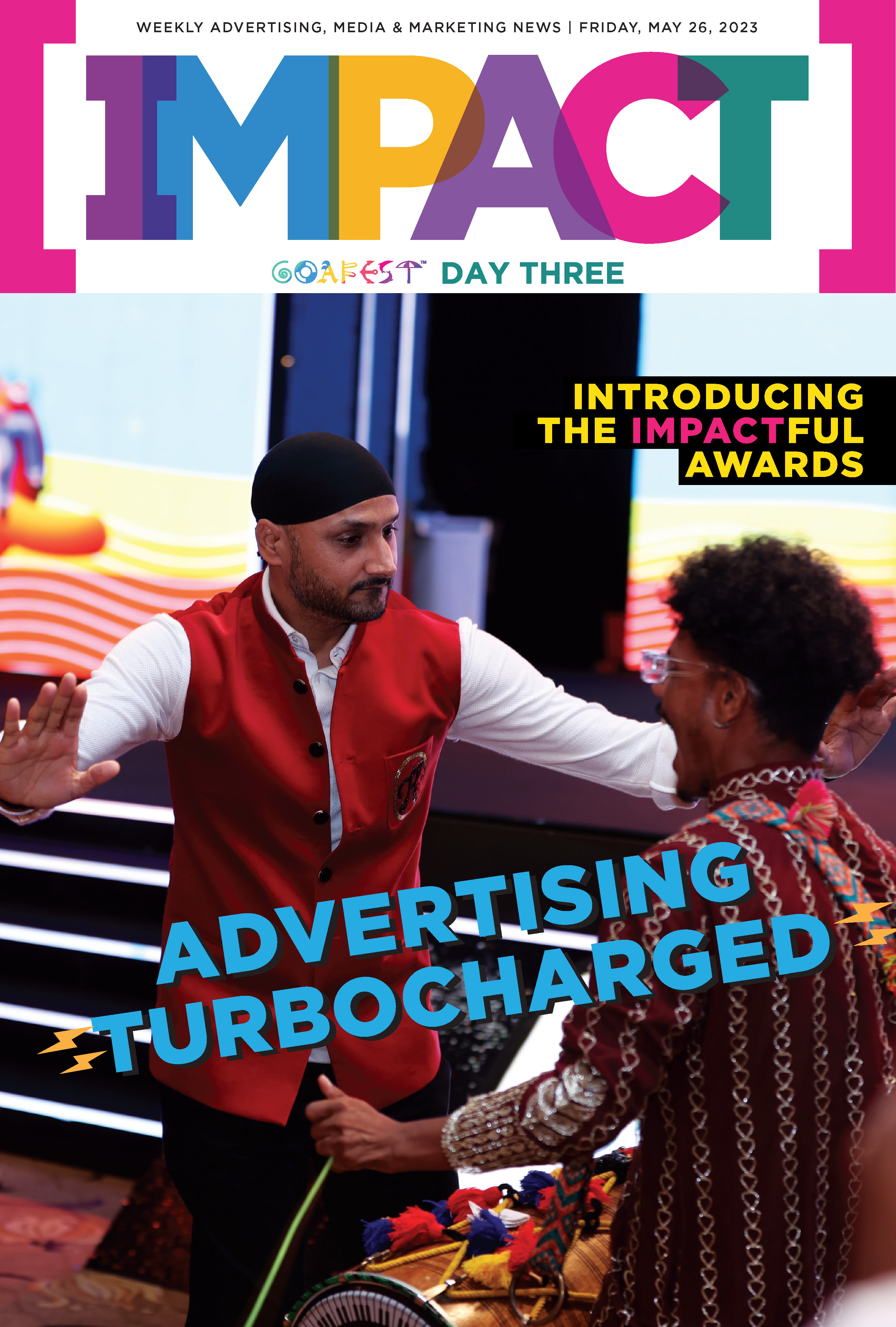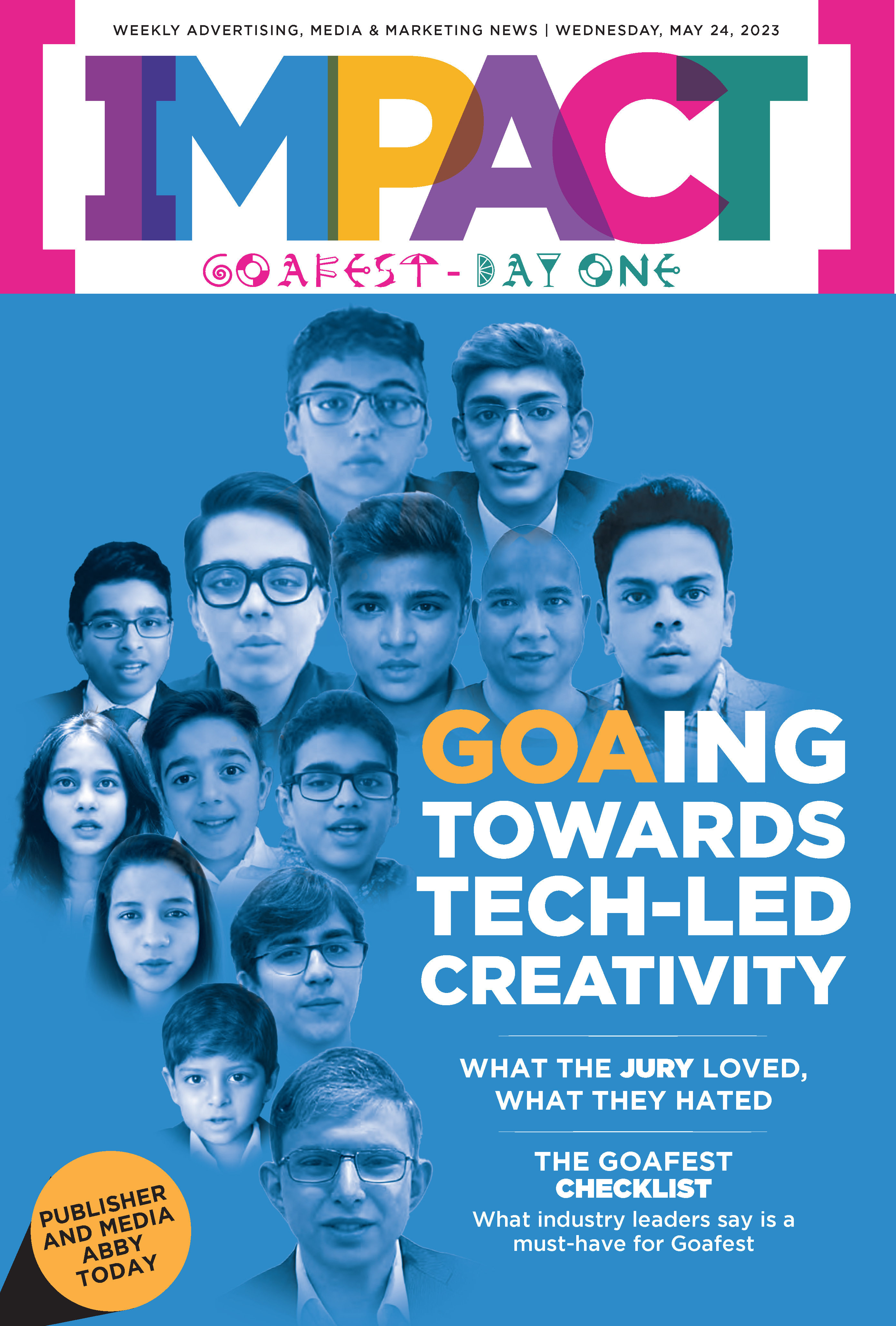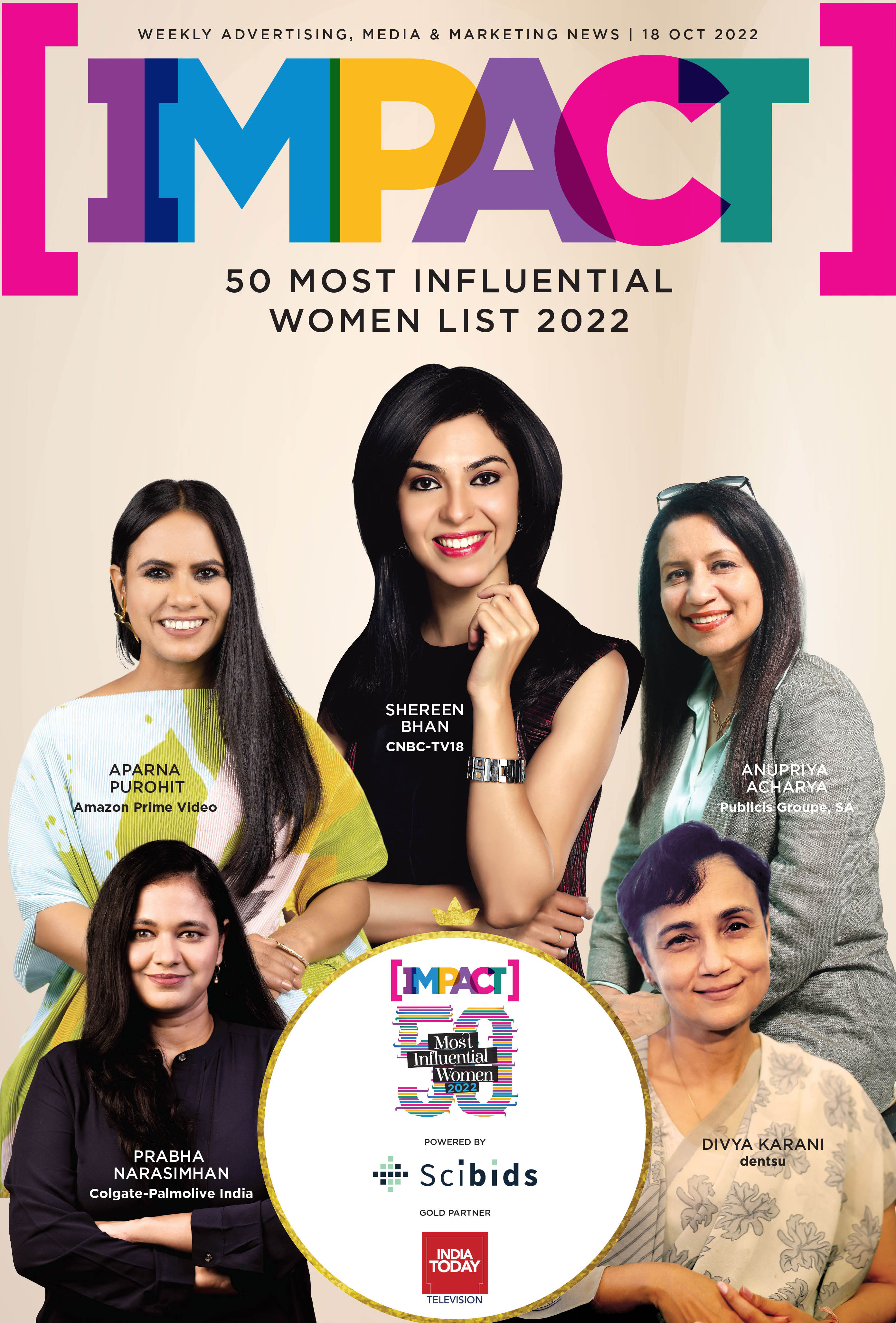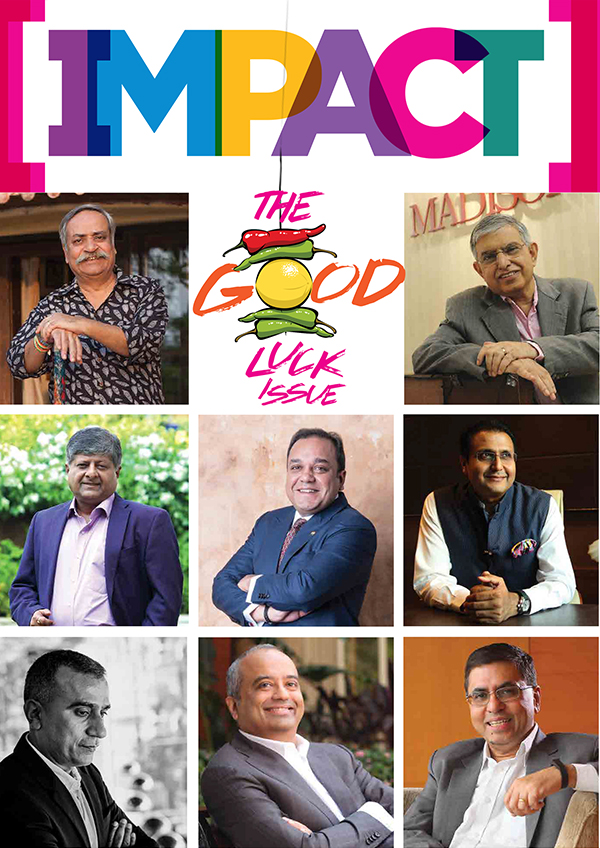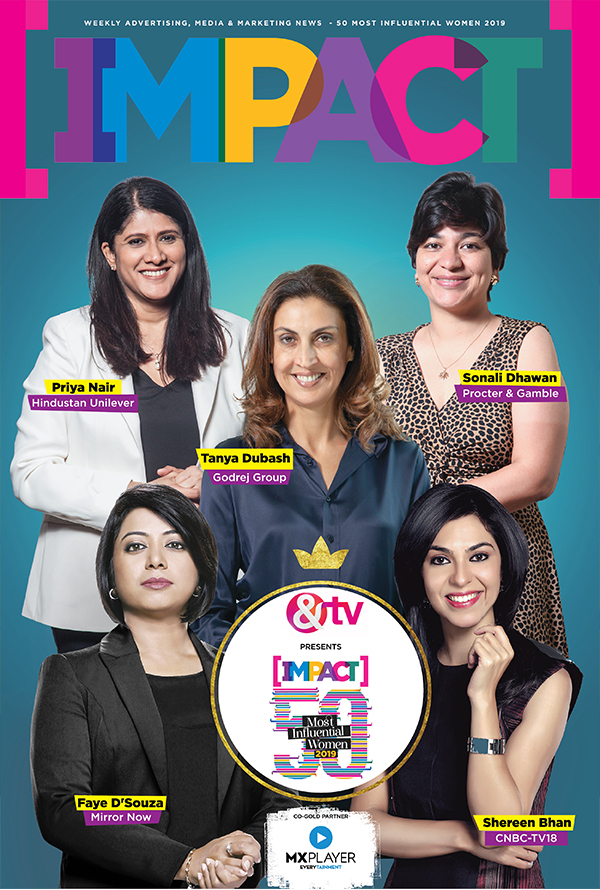Q] The ‘Thanks-A-Dot’ initiative began in 2019 and has consistently blended social impact with brand purpose. How has it grown in reach and impact by 2025?
Jhingran: SBI Life’s association with ‘Thanks-A-Dot’ began six years ago, focusing on encouraging self-examination, not to prevent cancer, but to detect it early, since early detection greatly improves the chances of cure. Self-checks help women identify abnormalities without visiting a doctor. Three years ago, we introduced the ‘Thanks-A-Dot’ bag with simulated lumps designed to feel like real breast lumps. Women use the bag daily, so they become familiar with how a lump should feel, helping them recognise abnormalities during self-exams. With awareness rising and this being our 25th year, we wanted to elevate the campaign. That’s why we went along with the Guinness World Records. Now, these bags will be distributed across India to women, and to men to pass it on to their loved ones.
Q] This campaign stands out for its minimalism and simplicity in communicating such a powerful message. How did that inspiration come about, and what was the creative direction behind it?
Sharma: To put it simply, when you work on something that aims to create social impact, authenticity is essential. And when you’re authentic, you don’t add unnecessary flair, you focus on what truly matters. That’s exactly what we did here. This subject demands empathy, so our approach had to be genuine, not flashy. That’s why we kept the communication simple, honest, and true to the cause.
Q] The campaign has evolved over the years. How has the communication and messaging changed from when it first launched to where it stands today?
Sharma: The backdrop remains the same. As a brand and an organisation, we have always believed and research also supports this, that if you want to bring real change- you need to become a part of people’s daily lives.
The idea first drew inspiration from Braille: the tactile system for the visually impaired. By creating lumps that mimic real ones, we wanted women to understand the feel of an abnormality in a simple, practical way. As the campaign grew, we looked for ways to fit naturally into women’s daily lives. That’s when we realised that 90–95% of women in India, across all backgrounds, use a hot water bag once a month during their menstrual cycle. And the ideal time for self-examination is four to five days after the period—creating a perfect, everyday touchpoint for the message. This became the perfect connection point. With ‘Hug of Life’, the hot water bag, we found a way to make the conversation simple and natural. It not only spreads awareness but also makes self-checks feel more relatable and comfortable for women in their everyday lives.

Q] How do you ensure initiatives like ‘Thanks-A-Dot’ lead to lasting behavioural change and not just remain campaigns?
Jhingran: Consistency is the key. Once we associate ourselves with a cause, we don’t drop it after a year or two. ‘Thanks-A-Dot’ is now in its sixth year, and with each edition, we’ve worked to scale it up and expand its reach across India with the support of our partners. We believe that sustained effort is what drives real impact, and in the years to come, we’ll continue to build on this initiative and take it in the right direction.
Q] Can you tell us more about the partnerships that have helped ‘Thanks-A-Dot’ reach this stage?
Jhingran: Our key partner has been the State Bank of India, which is also our largest distributor. We’re planning to organise awareness camps across SBI offices and branches, taking this initiative further into smaller towns and rural areas. That’s our next step, ensuring deeper grassroots reach.
Q] As the campaign expands to tier 2 and tier 3 regions, will there be a different approach to communication?
Sharma: As a brand, we feel communication is important, but action is equally important. For example, today we achieved the Guinness World Record. The aim wasn’t just the record itself, but to create an action that makes everyone comfortable talking about this topic. That is the intention behind any action we take. For Tier 2 and Tier 3 regions, the approach is more workshop-oriented. We identify areas with higher breast cancer prevalence or a higher density of women, and conduct workshops there. The goal is to reach as many people as possible.
Q] So the main focus will also be on education?
Sharma: Yes. The whole idea is to educate women on self-breast examination and, equally important, to remove the taboo around discussing it. It’s perfectly okay to talk about this openly at home.
Q] With SBI Life taking this initiative on such a large scale, how is the impact being measured? Beyond digital metrics, how do you gauge success?
Sharma: Right now, can we measure the impact? The answer is no, not immediately. This is a long-term effort. The first goal is to make the topic easy and comfortable for everyone to talk about. The next is ensuring women can confidently self-examine. Only after that can we assess outcomes like improved survival rates. So at this stage, it’s not about numbers. It’s about actions—educating people and building awareness. Once that reaches a certain level, we will look at numbers to see if survival rates are improving.
Q] On a personal note, do you think campaigns like this are changing the insurance sector and how CSR is perceived in India?
Jhingran: Corporate Social Responsibility is not just a mandate, it’s an opportunity for companies to create genuine impact. Every organization is required to dedicate 2% of its profits to CSR, and with the help of NGO partners, corporations like us are able to channel those resources into meaningful work that truly improves people’s lives.

















